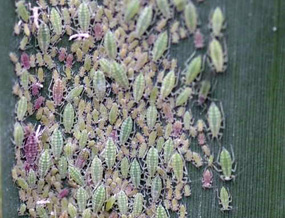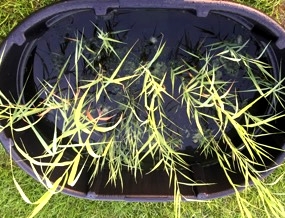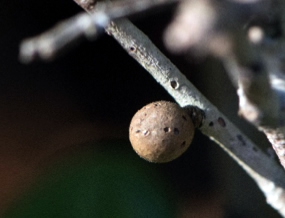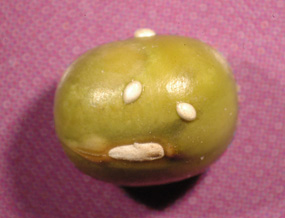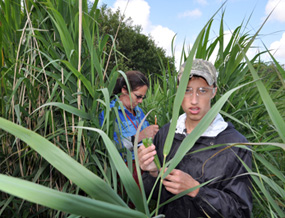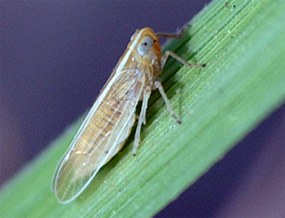Cronin, J. T. and J. D. Reeve. In review. Development time and host-parasitoid stability: An experimental test. Journal of Animal Ecology.
1. The duration of certain life stages and relative lengths of the predator and prey life cycles can in theory have a strong influence on population dynamics. However, rigorous experimental tests of this theory are nonexistent.
2. We conducted a microcosm experiment with the cowpea weevil (Callosobruchus maculatus) and its parasitoid (Anisopteromalus calandrae) to assess how a 60% increase (long-duration treatment) or 60% decrease (short-duration treatment) in the invulnerable prey stage affected host-parasitoid population dynamics. We tested the prediction that stability is most likely for microcosms in the short-duration treatment, while generation cycles should occur for the long-duration and control treatments, with a longer period in the long-duration treatment.
3. We found good support for most of these predictions. In the control treatment, persistent oscillations occurred with a period of about one generation as predicted by theory, while the long-duration treatment showed cycles similar to the control, rather than longer period ones. In the short-duration treatment the cycles disappeared, with the mean and SD in host densities reduced by 41-49% and 9-18%, respectively, relative to the other treatments.
4. We also developed simulation models that closely matched the biological details and protocols used in the experiment, as well as simpler versions to understand how different features affected the dynamics. The short-duration and control models provided a close fit to the dynamics of these two treatments in the experiments. We were also able to duplicate the period of the oscillations in the long-duration treatment provided there was strong, contest-type competition in the weevil attack process. Finally, the simulations suggested that resource pulses can have a synergistic effect on inherent host-parasitoid cycles.
5. We conclude that age structure and development time should be an important consideration in selecting agents for biological control and when evaluating causes of program success/failure.
